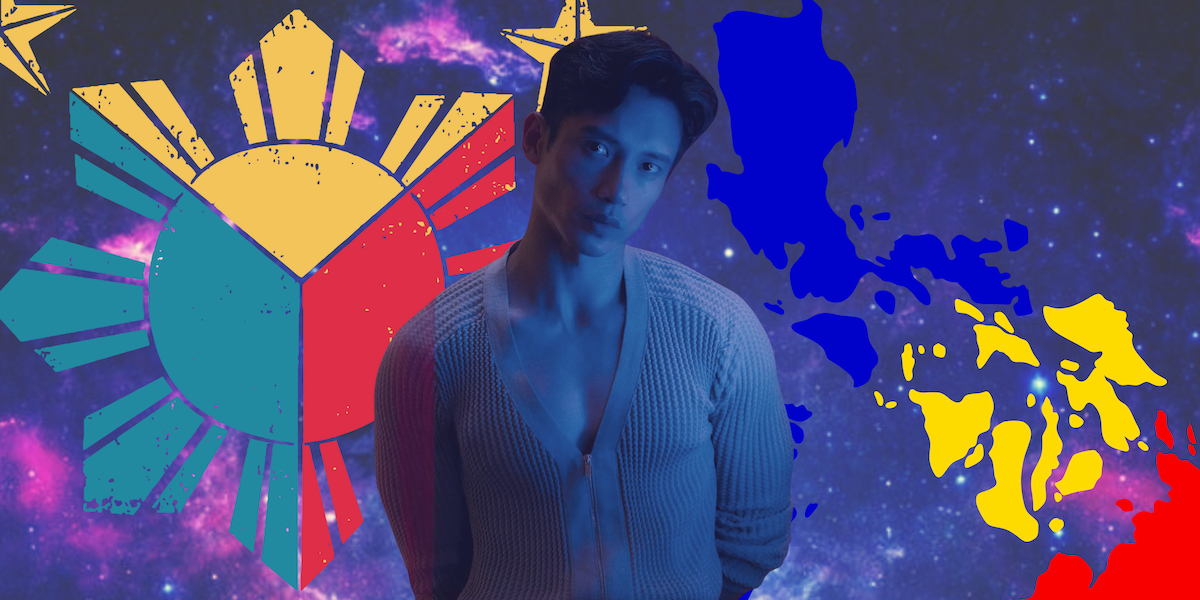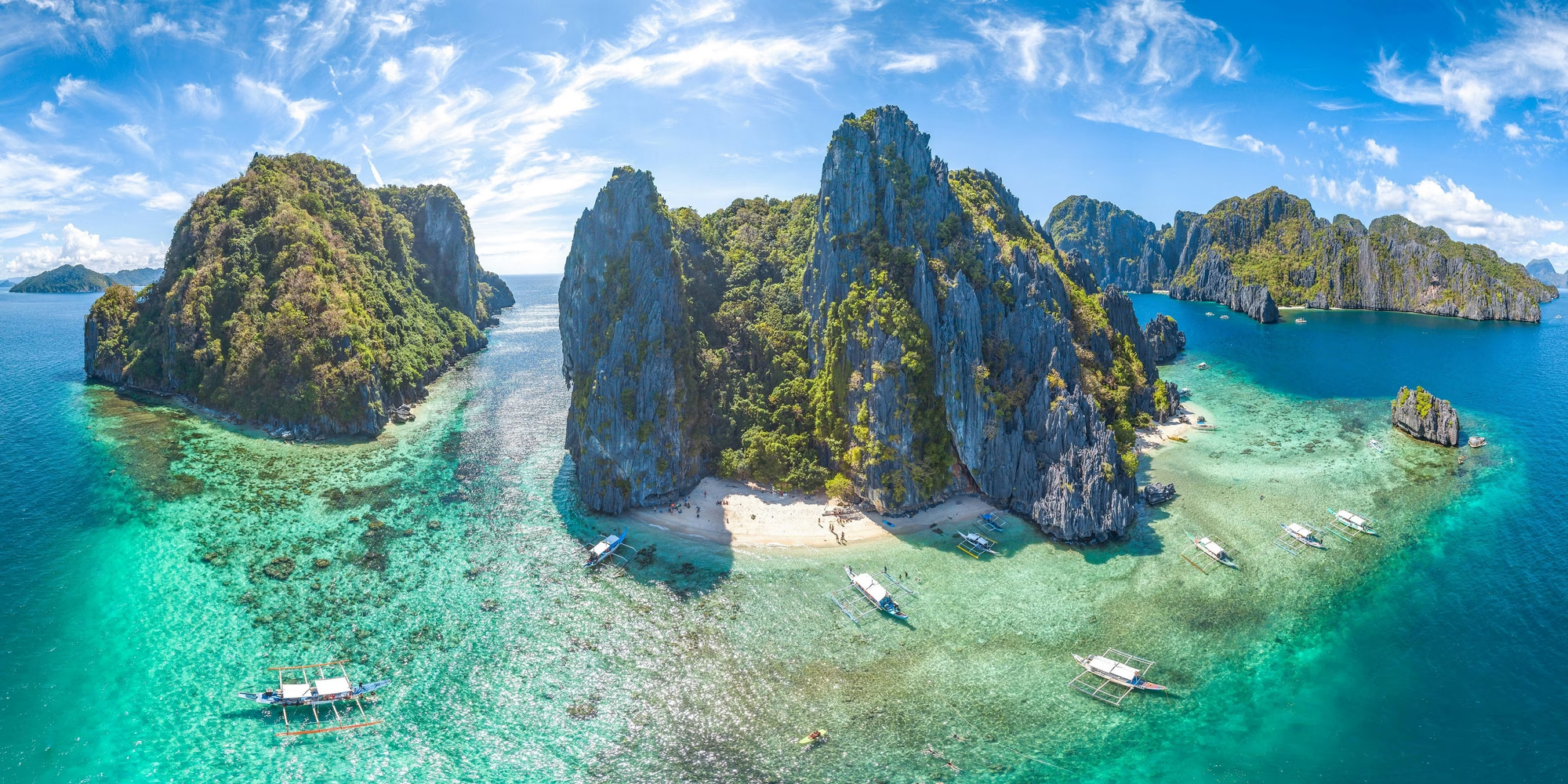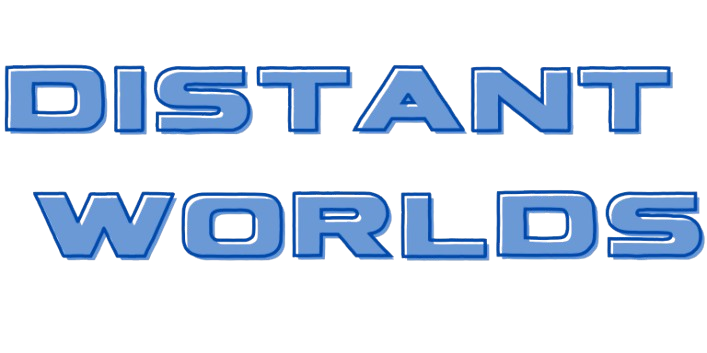Make it the future, but Filipino, part one

When I was a toddler, my Mom spoke to me in Tagalog and taught me a Filipino nursery rhyme, "Sampung mga Daliri." But then I went to elementary school and she stopped. Like many First-Gen Filipino Americas, our parents feared we wouldn't assimilate if we spoke both English and Tagalog. I don't quite understand it, but it is what happened to me and others in my generation.
Nevertheless, I grew up Filipino through and through, immersed in the culture, the food, and even Catholicism. The last one I gave up years ago for Lent. I consider myself Filipino even though I'm mixed, or Mestizo as we call it. I was close to that side of my family — cousins, aunts, uncles, and family friends. My neighborhood and school were predominately Filipino.
While my skin was lighter by a shade, I grew up a brown Filipino boy. That's how I related to the world and how it related to me despite my Anglo-saxon last name.
I've studied the history of the Philippines. Visited twice. Been to my family's hometown in Bicol. Did research at the University of the Philippines in Manila, even at City Hall. Visited the hometown of the national hero, Dr. Jose Rizal, who wrote two novels that sparked the revolution against the Spanish. Lately, I've been reading more about our pre-colonial past. Connecting with our indigenous ancestors.
Because I felt it important to bring the Philippines and my people into the future. One in which we have a huge role in shaping the interstellar alliance that takes humanity into the depths of the galaxy.
Filipino Futurism in DISTANT WORLDS
Octavia Butler's brand of Afrofuturism, especially her short story collection BLOODLINES, has been an influence on my approach to science fiction. I am also a huge fan of Nnedi Okorafor and her Africanfuturistic BINTI novella trilogy.
I longed to do something similar with Filipinos, imagining a future that frees us from our ingrained colonial mentality. A culture that's taken steps to decolonize yet is still recognizably Pinoy. There are many artists in the Filipino Futurism movement, which I admit to only be tangentially familiar with.
I'm a newbie learning more as I go. I am no expert... yet.
As an anti-imperialist, I felt it important that my future world do two things: feature Filipinos heavily, much like my noir and contemporary fiction, and that we've made strides in decolonizing our culture.
The Philippines of Tomorrow
My future Earth didn't unite after a great nuclear holocaust or because of some new technology. It united after the collapse of Western Imperialism and late-stage capitalism. Land was returned in whole or in-part to indigenous people. Borders were eliminated. A unified, social democratic Earth government emerged from the surviving nations, many of which renamed and reorganized. None of this happened overnight.

As to how long and when, I like to leave those things open. Let's just say we're seeing the beginnings right now.
The Republic of the Philippines is no longer called that in DISTANT WORLDS, even though the people still refer to themselves as Filipino/a/x, Pinoy, and Pinay. They don't want to totally ignore their colonized history. After all, we are a rich mix of our entire history.
What is the actual name tho'? I haven't settled on it yet, to be honest. I was toying with Katipunan ng mga Anak ng Araw (The Assembly of the Children of the Sun), honoring the eight-sided central star and three surrounding stars of the Philippine Flag. Colloquy known as "The Katipunan."
Yeah, that's a mouthful, so I'm not so keen on it. One, because its overwrought. Two, because my Tagalog is bad so my made-up alternative might be nonsense anyway.
I'm currently reading the excellent Filipino Futurism graphic novel MAHARLIKA, so I don't want to tread on that potential alternate name.
Since there is no collective name for the archipelago pre-Spanish colonialism, I'm considering Panyupayana, a pre-Islamic name for the archipelago used by South Asian traders and scholars. Also on the table, Perlas ng Silanganan, or Pearl of the Orient from Dr. Rizal's last poem, Mi último adiós, and the national anthem, Lupang Hinirang.
Lupang Hinirang, the Philippines' National Anthem
So I'm leaving the final name as a problem for Future Ryan. He loves it when I do this.
What I do know is the Philippines was the last to shed its colonial mentality, especially since it's so intwined with the culture. Even at the start of our story, there are still vestiges of it that remain. That doesn't stop us from helping form a space alliance.
The Kalawakan Bayanihan Alliance

Seven worlds — within a 6,000+ light year radius of the galaxy's Orion and Sagittarius arms — worked together to usher in a new age of space exploration. United because of the new superluminal Displacer Drive, developed as a joint venture between astro-engineers from all seven worlds.
Not one world or race came up with it. It was a cooperative of scientists, who developed the drive during the former interstellar conflicts between the member worlds. These researchers originally came together to form a science council who's mission was to find a solution to the planetary conflicts among their worlds.
Their goal: unite their worlds into a cooperative and communal alliance, whether political or economic. Several false starts lead to an improvement of the Displacer Drive used by the worlds. The original drive system made space travel months to years long. This new system would cut that down significantly. Worlds months away are now weeks away. Destinations that took weeks now could take days.
With the potential of going beyond this spire of the galaxy, the worlds finally found a common goal. A united purpose. All around a simple question, "What is out there?"
Almost parallel with this technological leap, societal norms were shifting away from a capitalistic economy and ideology and more towards a more socialist one among many worlds who tired of the constant conflicts over resources.
No longer competing for finite resources, a new alliance of worlds formed, eliminating capitalism and creating a socialist system based on the Filipino indigenous concept of Bayanihan, or communal unity, where all the basic needs were met for all its citizens. No other Earth language or alien term seemed to fit best the hope of this new alliance.
A prominent Filipina diplomat represented Earth during the Alliance's formation.
The name they came up with:
The Kalawakan Bayanihan Alliance, which roughly translates into "space communal unity and cooperation". A spirit of stellar community. "The Alliance," for short.
There isn't a singular leader, but a council where each world has a say in governance, where citizens participate in direct democratic elections where popular vote wins. A true democracy and socialist government with a post-scarcity economy.
Created by the Pax Astra Concordia (the "starborn" peace accord), which serves as their charter/constitution with ten guarantees. The accord also called for the creation of two distinct space agencies.
- The Alliance Exploratory Group in Space (AEGIS) or The "Star Service", a non-military service created for the sole purpose of exploration. A new fleet of deep-space exploratory ships are being constructed. The first one off the line, SEV-01, is undergoing space trial runs.
- The Alliance Perimeter Defense Agency, a coast guard-like navy, patrols and polices the member worlds. This is the non-aggression military forces of the Alliance, operating much like the Japanese Self-Defense Force.
To be continued...
In part two, I'll introduce the human lead of DISTANT WORLDS, Lt. Commander Tomas R. Cruz. Stand by on this frequency.
In the meantime, enjoy the nursery rhyme I sang as a kid...
